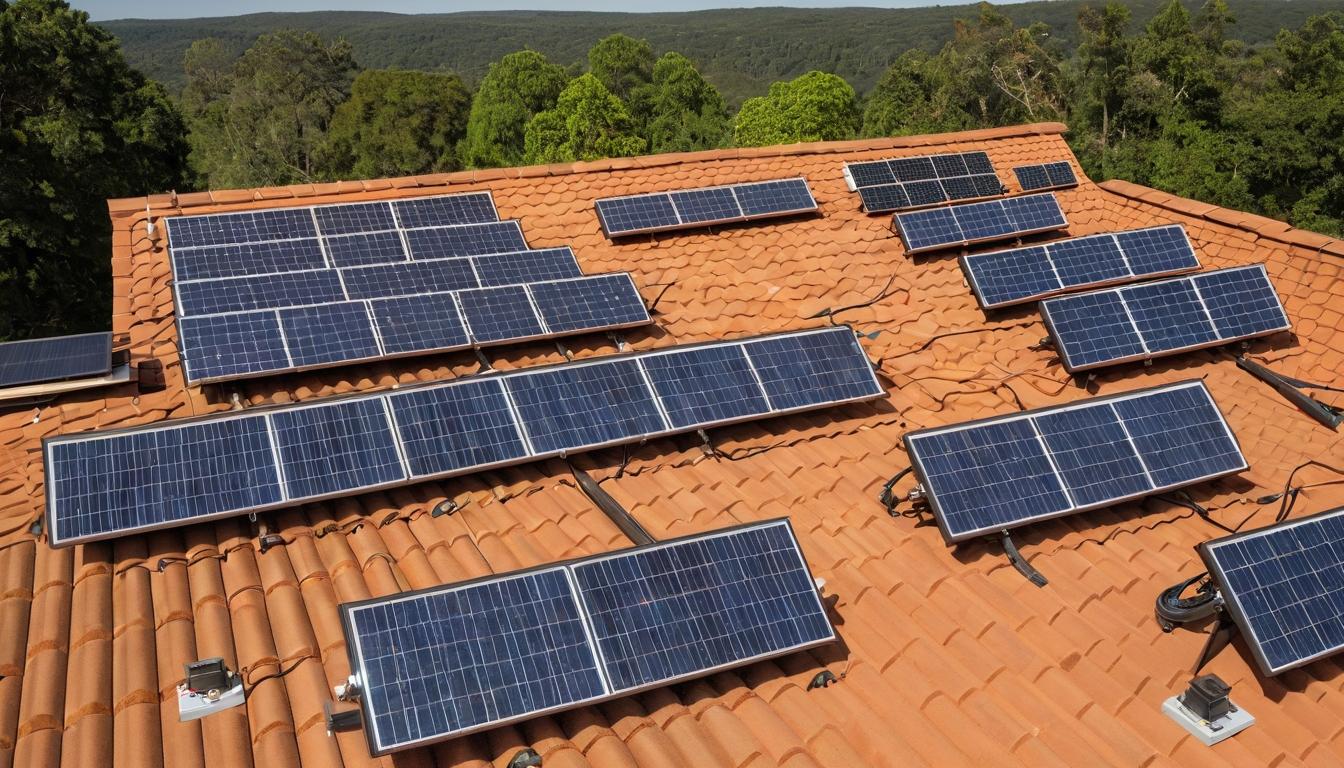The gleaming solar panels dotting suburban rooftops tell a story of clean energy triumph, but behind that polished facade lies a complex web of installation realities that manufacturers and installers rarely discuss. While solar adoption continues its meteoric rise, homeowners are discovering that the path to energy independence isn't as straightforward as the glossy brochures suggest.
Take structural integrity assessments, for instance. Most homeowners assume their roof can handle solar panels without issue, but the truth is more nuanced. Older homes, particularly those built before modern building codes, often require significant reinforcement. The weight distribution calculations alone can surprise even experienced contractors, with snow loads, wind patterns, and roof pitch creating variables that standard assessments sometimes miss. One contractor in Colorado told me about a seemingly perfect roof that required $8,000 in reinforcements before the first panel could be installed.
Then there's the inverter dilemma that keeps installers up at night. While microinverters have become the darling of the residential solar world for their individual panel optimization, they introduce complexity that many homeowners don't anticipate. Each microinverter represents another potential failure point, and when one goes down, diagnosing which specific unit has failed can turn into a technological scavenger hunt. String inverters, while less fashionable, offer simpler maintenance but sacrifice the granular optimization that makes microinverters so appealing.
The electrical panel upgrade trap catches countless homeowners by surprise. That 100-amp service panel that's been humming along perfectly fine for decades suddenly becomes inadequate when you try to feed solar-generated electricity back into the grid. Upgrade costs can add thousands to what seemed like a straightforward installation, and in some older neighborhoods, the entire electrical service from the street might need replacement—a expense nobody budgets for when dreaming of solar savings.
Battery storage presents its own set of contradictions. The promise of energy independence through battery backup sounds compelling until you realize the limitations. Most residential battery systems can power essential circuits for a day or two at most, leaving homeowners to choose between keeping the refrigerator running or having lights in the bedroom. The chemistry behind these batteries continues to evolve, with lithium iron phosphate gaining ground over traditional lithium-ion for safety reasons, but each chemistry brings trade-offs in efficiency, lifespan, and environmental impact.
Permitting purgatory remains the solar industry's dirty little secret. What installers advertise as a 4-6 week process can stretch into months as applications bounce between building departments, utility companies, and historical preservation committees. One family in Massachusetts waited nine months for approval because their home sat in a "character preservation district," despite having no historical significance. The paperwork labyrinth varies so dramatically between municipalities that national installers maintain databases tracking which towns are solar-friendly and which require legal intervention.
Maintenance myths deserve their own spotlight. The "install and forget" marketing belies the reality that solar systems require regular attention. Panel cleaning isn't just about aesthetics—bird droppings, pollen buildup, and industrial fallout can reduce efficiency by 15% or more. In dusty regions, homeowners might need professional cleaning quarterly, while those in rainy climates might get by with annual attention. Monitoring system performance becomes another household chore, with most homeowners checking their production apps more frequently than they anticipated.
The technology evolution race creates its own complications. Today's most efficient panels will be obsolete in two years, leaving homeowners wondering if they should wait for the next breakthrough. Perovskite solar cells promise revolutionary efficiency gains, but commercial availability remains elusive. Bifacial panels that capture reflected light sound innovative until you realize they require specific mounting conditions to deliver on their promise. The rapid pace of innovation means buyers face genuine uncertainty about whether to jump now or wait for better technology.
Financing fine print deserves investigative scrutiny. The zero-down offers that make solar accessible often hide escalating payments, hidden fees, and transfer restrictions that complicate home sales. Power purchase agreements can lock homeowners into rates that look good today but might not make sense in five years as electricity markets evolve. The sheer complexity of solar financing options means many homeowners sign contracts they don't fully understand, relying on salespeople whose commissions depend on closing deals rather than ensuring customer comprehension.
Supply chain vulnerabilities revealed during the pandemic continue to haunt the industry. A single component shortage—whether microchips for inverters or polysilicon for panels—can delay installations for months. The concentration of manufacturing in specific regions creates geopolitical risks that most homeowners never consider when evaluating solar proposals. The industry's just-in-time delivery model works beautifully until it doesn't, leaving partially installed systems waiting for critical components.
Despite these challenges, the solar revolution continues its inexorable march forward. The key for homeowners isn't avoiding solar, but approaching it with eyes wide open. Asking detailed questions about structural requirements, understanding the true costs beyond the base installation price, and reading every word of contracts can transform a potentially frustrating experience into a genuinely rewarding investment. The future remains bright for solar energy—but that brightness comes with shadows worth examining.
The solar revolution's hidden challenges: What they're not telling you about rooftop installations

